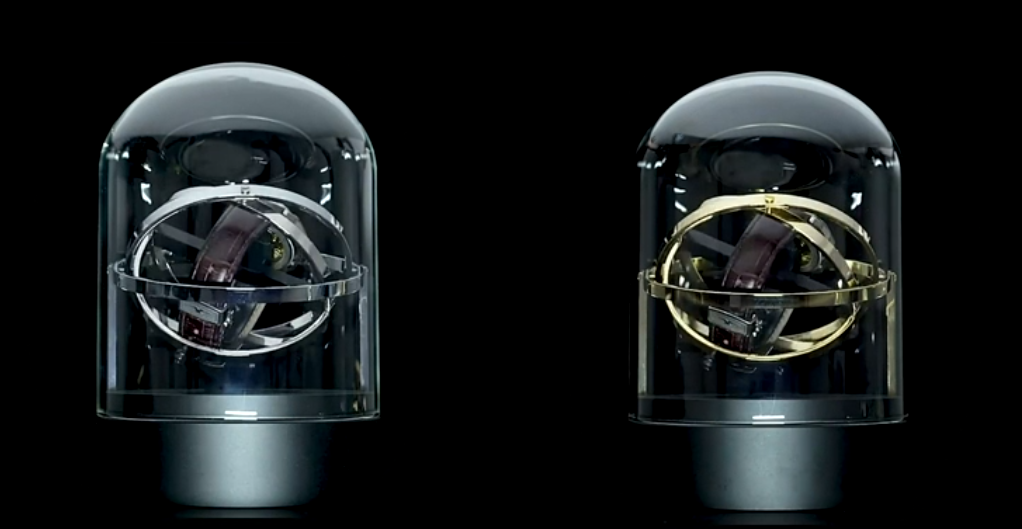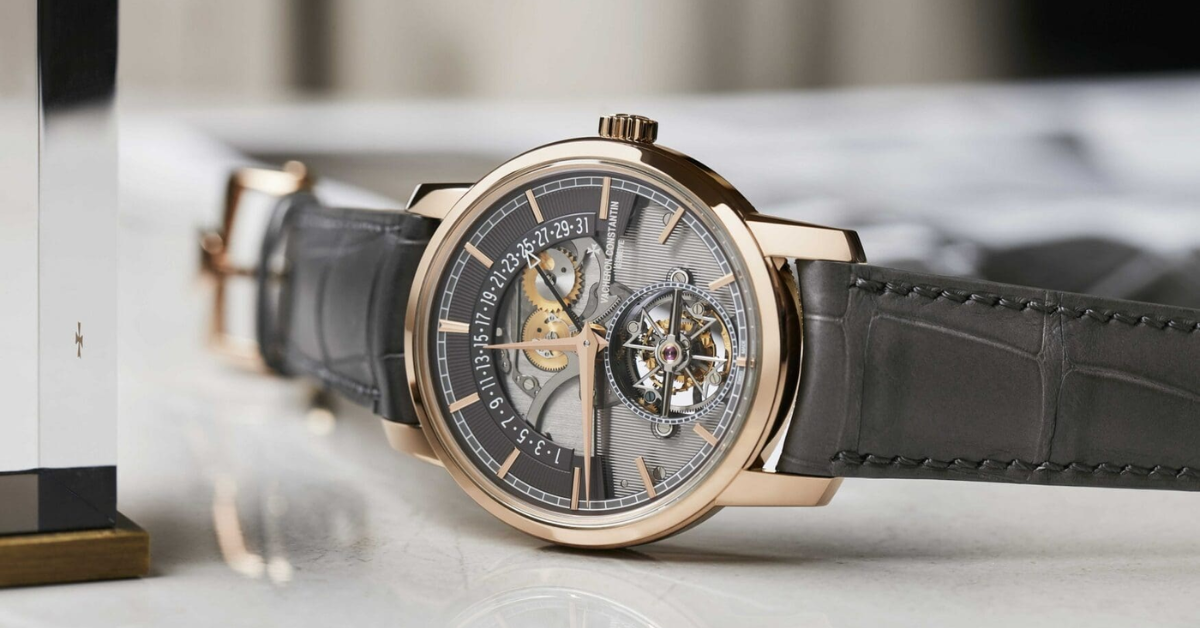Article: How Watchmakers Test the Accuracy of Automatic Movements

How Watchmakers Test the Accuracy of Automatic Movements
Introduction
Accuracy is one of the most important factors that define the quality of an automatic watch. Unlike quartz watches, which rely on battery-powered movements, automatic watches depend on mechanical precision, with components like the escapement, balance wheel, and mainspring working in harmony to keep time.
But how do watchmakers ensure that these complex movements are functioning with precision and reliability? From laboratory testing to real-world simulations, horology experts use a variety of methods to measure a watch’s accuracy and adjust it for optimal performance.
In this guide, we explore the different techniques used by watchmakers to test, regulate, and certify automatic watch movements.
1. The Role of Accuracy in Automatic Watches
Unlike quartz watches, which can be accurate to within a few seconds per month, automatic watches experience slight variations due to:
- Mechanical components and their interaction with gravity.
- Environmental factors such as temperature and magnetism.
- Wearing habits, as wrist movement affects power reserve and regulation.
To maintain high accuracy, luxury watch brands regulate and test their movements extensively before releasing them to the market. These tests ensure that watches perform within acceptable tolerances for daily wear.

2. Timegrapher Testing – The First Step in Accuracy Measurement
A timegrapher is a specialized machine used by watchmakers to analyze the performance of an automatic movement.
How It Works
- The watch is placed on the timegrapher’s sensor microphone, which detects the sound of the escapement ticks.
- The machine then measures key accuracy indicators, including:
- Rate (Seconds Per Day - SPD) – How much the watch gains or loses in a 24-hour period.
- Amplitude – The swing angle of the balance wheel, indicating movement efficiency.
- Beat Error – Any imbalance between the tick and tock of the movement.
Standard Accuracy Expectations
- High-end Swiss watches: -4 to +6 seconds per day (COSC-certified)
- Mid-range automatic watches: -10 to +20 seconds per day
- Entry-level automatic watches: -20 to +40 seconds per day
✔ Why It Matters: Timegrapher testing allows watchmakers to identify irregularities and fine-tune the movement before assembling the final watch.
3. COSC Certification – The Gold Standard of Accuracy
Many Swiss-made luxury watches undergo Contrôle Officiel Suisse des Chronomètres (COSC) testing, a rigorous certification process for chronometers.
What is COSC Testing?
- The movement is tested in five different positions (dial up, dial down, crown left, crown right, and vertical).
- The watch is placed in three temperature conditions (8°C, 23°C, and 38°C).
- Over 15 days, the watch is analyzed for deviations in accuracy.
COSC Accuracy Standard
For a watch to pass COSC certification, it must perform within -4 to +6 seconds per day—one of the highest standards in horology.
✔ Why It Matters: A COSC-certified chronometer guarantees superior timekeeping performance and movement reliability.
4. Real-World Testing – Simulating Everyday Conditions
Watchmakers also conduct real-world tests to ensure accuracy beyond laboratory conditions.
Testing in Different Positions
Since watches are worn in multiple orientations, accuracy must be measured when the watch is:
- Face up and face down (resting position overnight).
- On the wrist in a vertical position (during daily activities).
If variations are detected, watchmakers adjust the movement by micro-regulating the balance wheel.
Testing Power Reserve and Winding Efficiency
- Watches are fully wound and monitored to see if they reach their advertised power reserve duration (e.g., a 72-hour power reserve should run for 72 hours before stopping).
- Automatic watches are placed on rotating machines to simulate daily wear and test winding efficiency.
✔ Why It Matters: This ensures that watches remain accurate under real-world conditions, not just in a controlled environment.

5. Magnetism and Shock Resistance Testing
Anti-Magnetic Testing
- Watches are exposed to magnetic fields of 4,800 to 15,000 gauss to assess whether their movement remains accurate.
- Silicon hairsprings and other non-magnetic materials help protect modern watches from accuracy disruptions.
Shock Resistance Testing
- Movements are dropped from different heights to test the durability of the balance wheel and escapement.
- Shock absorbers like Incabloc or KIF systems help movements withstand sudden impacts.
✔ Why It Matters: These tests ensure that external forces do not affect the watch’s accuracy in daily use.
6. In-House Testing by Luxury Brands
Some watchmakers conduct their own certification tests that go beyond COSC standards.
Rolex Superlative Chronometer Testing
- Rolex guarantees an accuracy of -2 to +2 seconds per day—even stricter than COSC standards.
Omega METAS Certification
- Tested for magnetic resistance up to 15,000 gauss and precision in six different positions.
Patek Philippe Seal
- Movements must maintain an accuracy of -3 to +2 seconds per day, ensuring elite craftsmanship.
✔ Why It Matters: Brand-specific testing ensures each watch meets the highest level of precision and performance.
7. How Watch Owners Can Check Accuracy at Home
While professional watchmakers use specialized tools, collectors can also test their watch’s accuracy at home using:
1. Smartphone Apps
- Apps like WatchCheck, Toolwatch, and Twixt measure how much time a watch gains or loses per day.
2. Manual Timekeeping Comparison
- Synchronize your watch with an atomic clock and check for deviations after 24 hours.
✔ Why It Matters: Regular accuracy checks help determine if a watch needs servicing or regulation.
Best Chronos 1907 Watch Winders for Accuracy Maintenance
At Chronos 1907, we design high-end watch winders that help maintain accuracy by keeping movements properly wound and protected from environmental factors.
1. Chronos 1907 Prestige Single Watch Winder
- Adjustable Turns Per Day (600-1,200) for precision winding.
- Ultra-quiet motor with vibration-free performance.
- Handcrafted wood or carbon fiber finish for luxury aesthetics.
- Soft suede interior to protect watch cases.
- Dual power source (AC adapter + battery) for convenience.
✔ Best for: Watch owners who need a premium winder to maintain accuracy.
2. Chronos 1907 Multi-Watch Winder
- Independent rotation settings for multiple watches.
- Premium LED lighting and glass display case for luxury presentation.
- Silent motor technology to ensure smooth, vibration-free winding.
- Lockable case for added security.
✔ Best for: Collectors who own multiple automatic watches and need precise individual winding settings.

Final Thoughts: Precision in Every Tick
Accuracy is the hallmark of a great watch, and watchmakers use advanced testing techniques to ensure that each timepiece performs flawlessly. From COSC certification to real-world simulations, these tests guarantee that a watch remains reliable, precise, and functional for years.
Key Takeaways
- Timegrapher testing measures accuracy, beat error, and amplitude.
- COSC certification ensures watches meet strict accuracy standards.
- Real-world testing simulates daily wear for practical precision.
- Magnetism and shock resistance tests prevent external interference.
- Brand-specific certifications go beyond industry norms.
At Chronos 1907, we help collectors maintain accuracy and longevity with luxury watch winders designed for precision.













